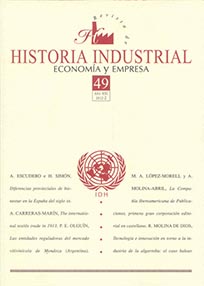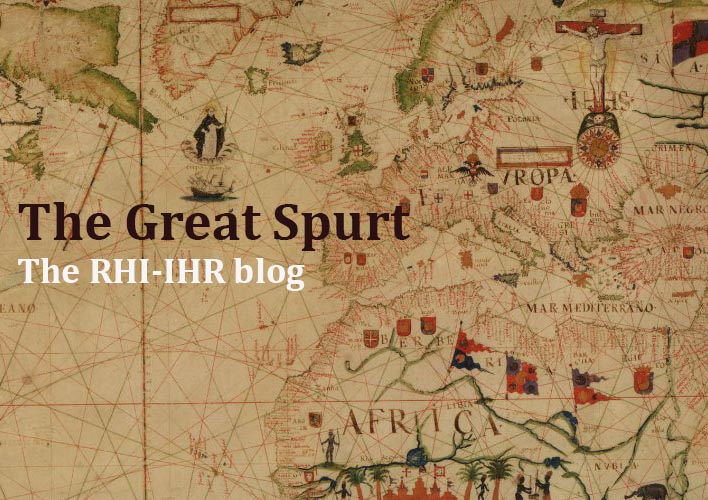From poor’s bread to sophisticated food additive. Technology and innovation around carob industry: the case of the Balearic Islands (1930-2010)
Keywords:
Food Industry, Agrarian Markets, Industrial Innovation, Balearic IslandsAbstract
Until 50 years, the carob, was mainly used as food for livestock. From today’s perspective, its contribution to the sustainment of small and medium-sized farms in the days before mass mechanization is beyond any doubt. However, after a long process of decline beginning in the 1950’s, the fruit and the seed of the carob tree regained importance as a raw material for the production of quality food additives, such as locust bean gum or E-410. The Balearic Islands, which historically have been one of the main carob producers in the world, have established themselves in the 1930’s as the leading region in the development of industrial techniques for the processing of carobs. Moreover, Majorcan companies pioneered the concentration of agricultural production. This increased research and favoured innovations, as well as it helped the cartelization of this sector. Nowadays, carob still remains highly relevant in Majorca and on international markets.
Downloads
Downloads
Published
How to Cite
Issue
Section
License
The author assigns all rights to the publisher. Creative Commons
The author who publishes in this journal agrees to the following terms:
- The author assigns all intellectual property rights exclusively to the publisher for the entire duration of the applicable intellectual property rights.
- The publisher will distribute the texts under the Creative Commons Attribution License, which allows others to share the work, provided that they acknowledge the authorship, its initial publication in this journal, and the conditions of the license.





